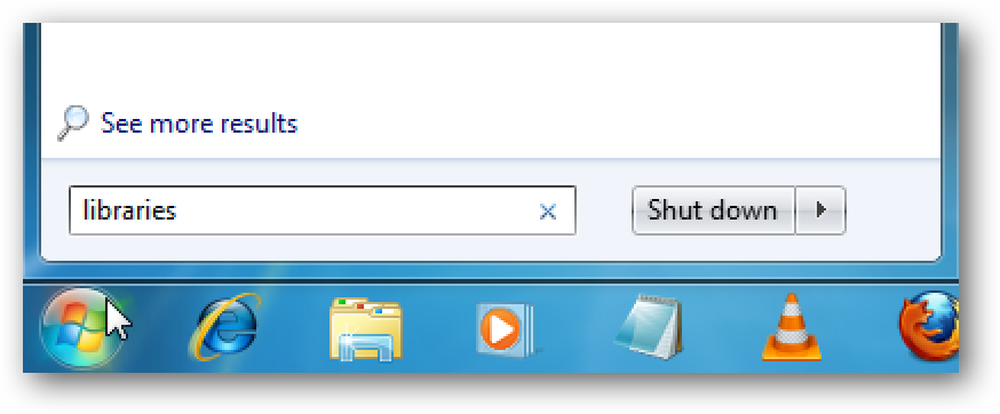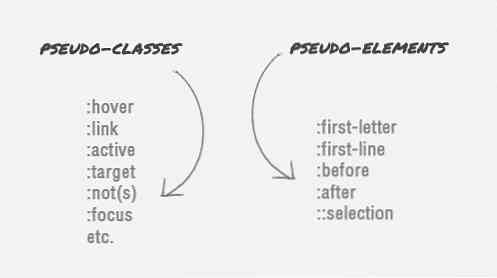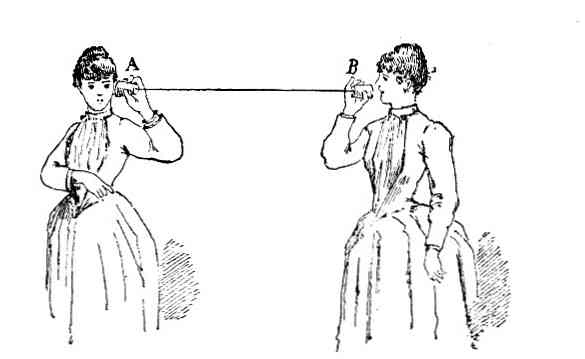Understanding Synchronous and Asynchronous in JavaScript - Part 2
In the first part of this post, we saw how the concepts of synchronous and asynchronous are perceived in JavaScript. In this second part, Mr X appears again to help us understand how the setTimeout and AJAX APIs work.
An odd request
Let's rewind back to the story of Mr X and the movie you want to leave for. Say you leave a task for Mr X before the outing, and tell him that he can only begin to work on this task five hours after he got your message.
He isn't happy about it, remember, he doesn't take a new message until he is done with the current one, and if he takes yours, he has to wait for five hours to even start on the task. So, to not be wasteful of time, he brings in a helper, Mr H.
Instead of waiting, he asks Mr H to leave a new message for the task in the queue after the given hours had passed, and moves on to the next message.
Five hours past; Mr H updates the queue with a new message. After he's done processing all the accrued messages prior to Mr H's, Mr X carries out your requested task. So, this way, you can leave a request to be complied upon at a later time, and not wait until it's fulfilled.
But why does Mr H leave a message in the queue instead of directly contacting Mr X? Because as I mentioned in the first part, the only way to contact Mr X is by leaving a message to him via phone call - no exceptions.
1. The setTimeout() method
Suppose you have a set of code that you want to execute after a certain time. In order to do that, you just wrap it in a function, and add it to a setTimeout() method along with the delay time. The syntax of setTimeout() is as follows:
setTimeout(function, delay-time, arg… )
The arg… parameter stands for any argument the function takes, and delay-time is to be added in milliseconds. Below you can see a simple code example, that outputs “hey” in the console after 3 seconds.
setTimeout( function() console.log('hey') , 3000 ); Once setTimeout() starts running, instead of blocking the call stack until the indicated delay time is over, a timer is triggered, and the call stack is gradually emptied for the next message (similarly to the correspondence between Mr X and Mr H).
When the timer expires, a new message joins the queue, and the event loop picks it up when the call stack is free after processing all the messages before it - thus the code runs asynchronously.
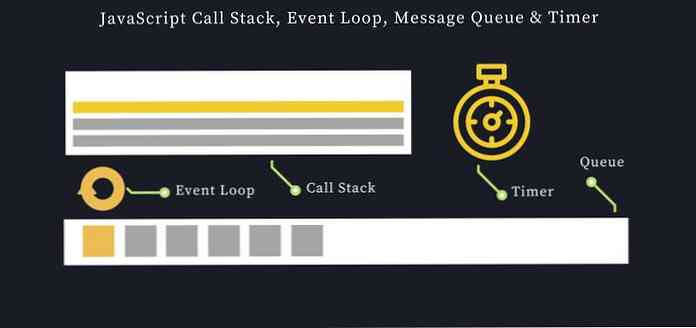
2. AJAX
AJAX (Asynchronous JavaScript and XML) is a concept that uses the XMLHttpRequest (XHR) API to make server requests and handle the responses.
When browsers make server requests without using XMLHttpRequest, the page refreshes and reloads its UI. When the processing of requests and responses are handled by the XHR API, and UI remains unaffected.
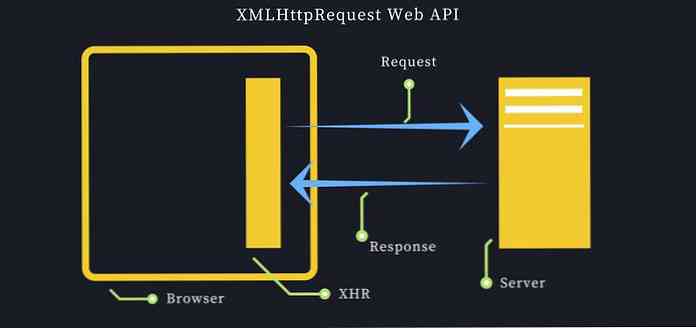
So, basically the goal is to make requests without page reloads. Now, where is the “asynchronous” in this? Just using XHR code (which we'll see in a moment) doesn't mean it's AJAX, because the XHR API can work in both synchronous and asynchronous ways.
XHR by default is set to work asynchronously; when a function makes a request using XHR, it returns without waiting for the response.
If XHR is configured to be synchronous, then the function waits until the response is received and processed before returning.
Code Example 1
This example presents an XMLHttpRequest object creation. The open() method, validates the request URL, and the send() method sends the request.
var xhr = new XMLHttpRequest(); xhr.open("GET", url); xhr.send(); Any direct access to the response data after send() will be in vain, because send() doesn't wait until the request is completed. Remember, XMLHTTPRequest is set to work asynchronously by default.
Code Example 2
The hello.txt file in this example is a simple text file containing the text 'hello'. The response property of XHR is invalid, since it didn't output the text 'hello'.
var xhr = new XMLHttpRequest(); xhr.open("GET", "hello.txt"); xhr.send(); document.write(xhr.response); // empty string XHR implements a micro-routine that keeps checking for response in every millisecond, and triggers complimentary events for the different states a request goes through. When the response is loaded, a load event is triggered by XHR, which can deliver a valid response.
var xhr = new XMLHttpRequest(); xhr.open("GET", "hello.txt"); xhr.send(); xhr.onload = function() document.write(this.response) // writes 'hello' to the document The response inside the load event outputs 'hello', the correct text.
Going the asynchronous way is preferred, as it doesn't block other scripts until the request is completed.
If the response has to be processed synchronously, we pass false as the last argument of open, which flags the XHR API saying it has to be synchronous (by default the last argument of open is true, which you needn't explicitly specify).
var xhr = new XMLHttpRequest(); xhr.open("GET", "hello.txt", false); xhr.send(); document.write(xhr.response); // writes 'hello' to document Why learn all this?
Almost all beginners make some mistakes with asynchronous concepts such as setTimeout() and AJAX, for example by assuming setTimeout() executes code after the delay time, or by processing response directly inside a function making an AJAX request.
If you know how the puzzle fits, you can avoid such confusion. You know that the delay time in setTimeout() does not indicate the time when the code execution starts, but the time when the timer expires and a new message is queued, which will only be processed when the call stack is free to do so.

